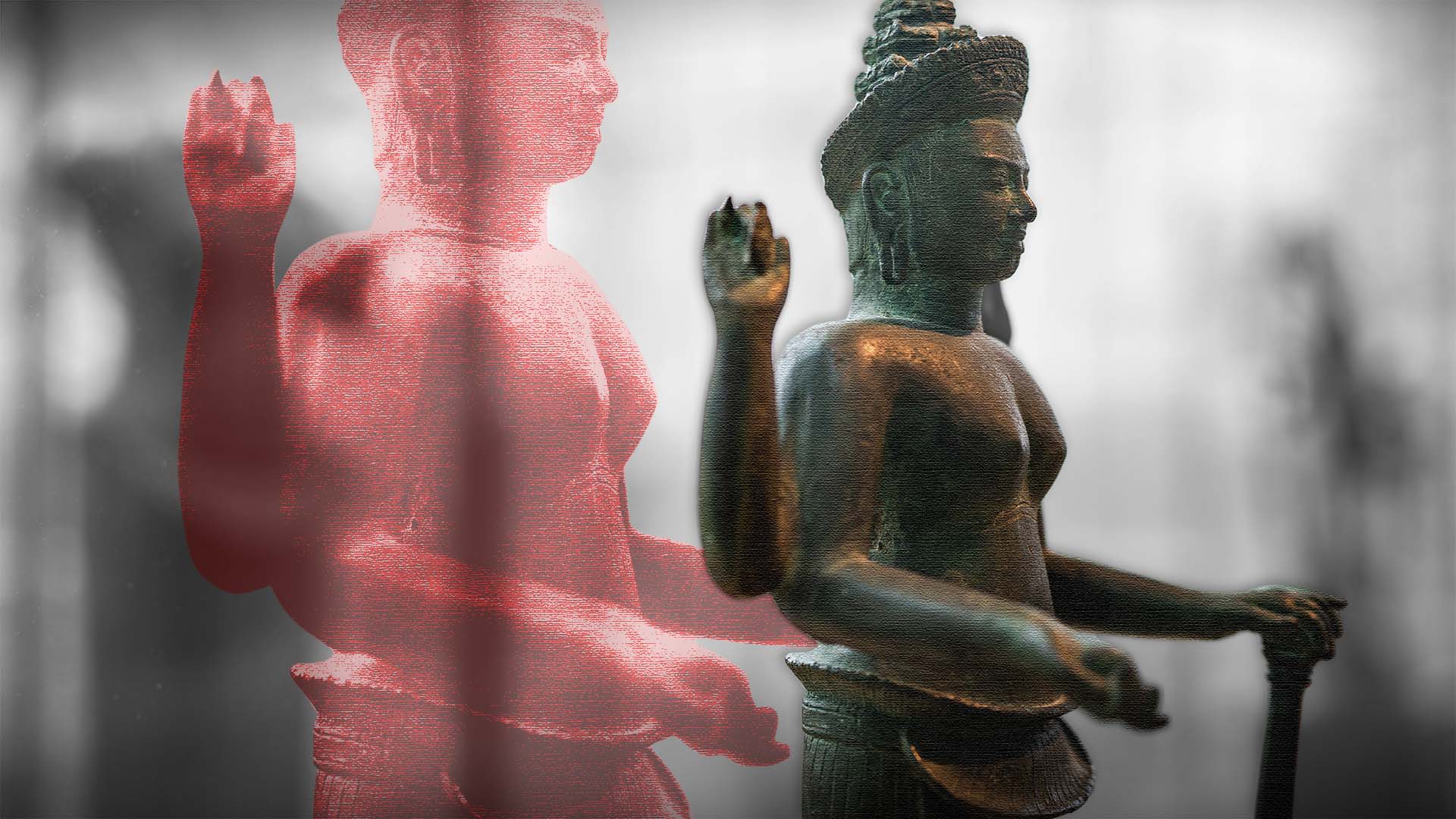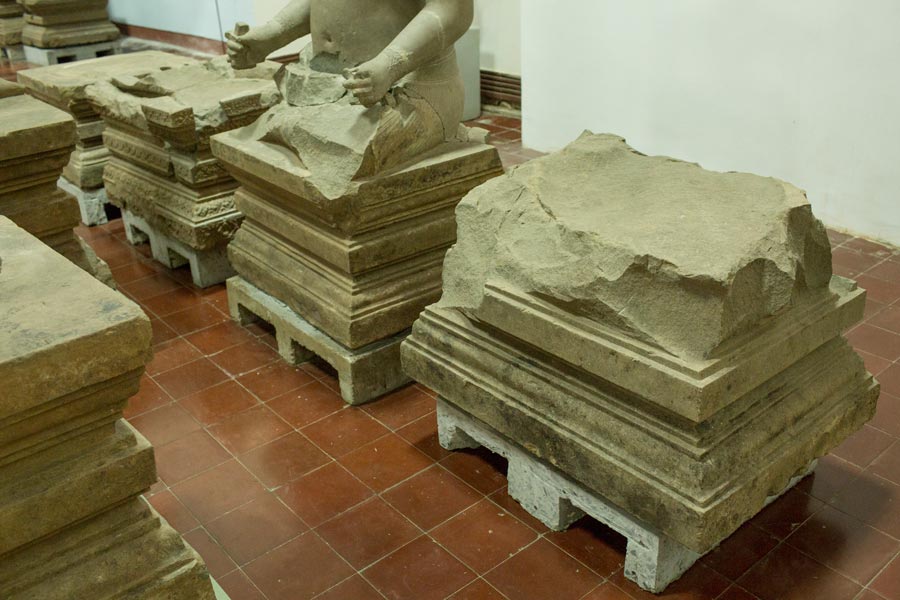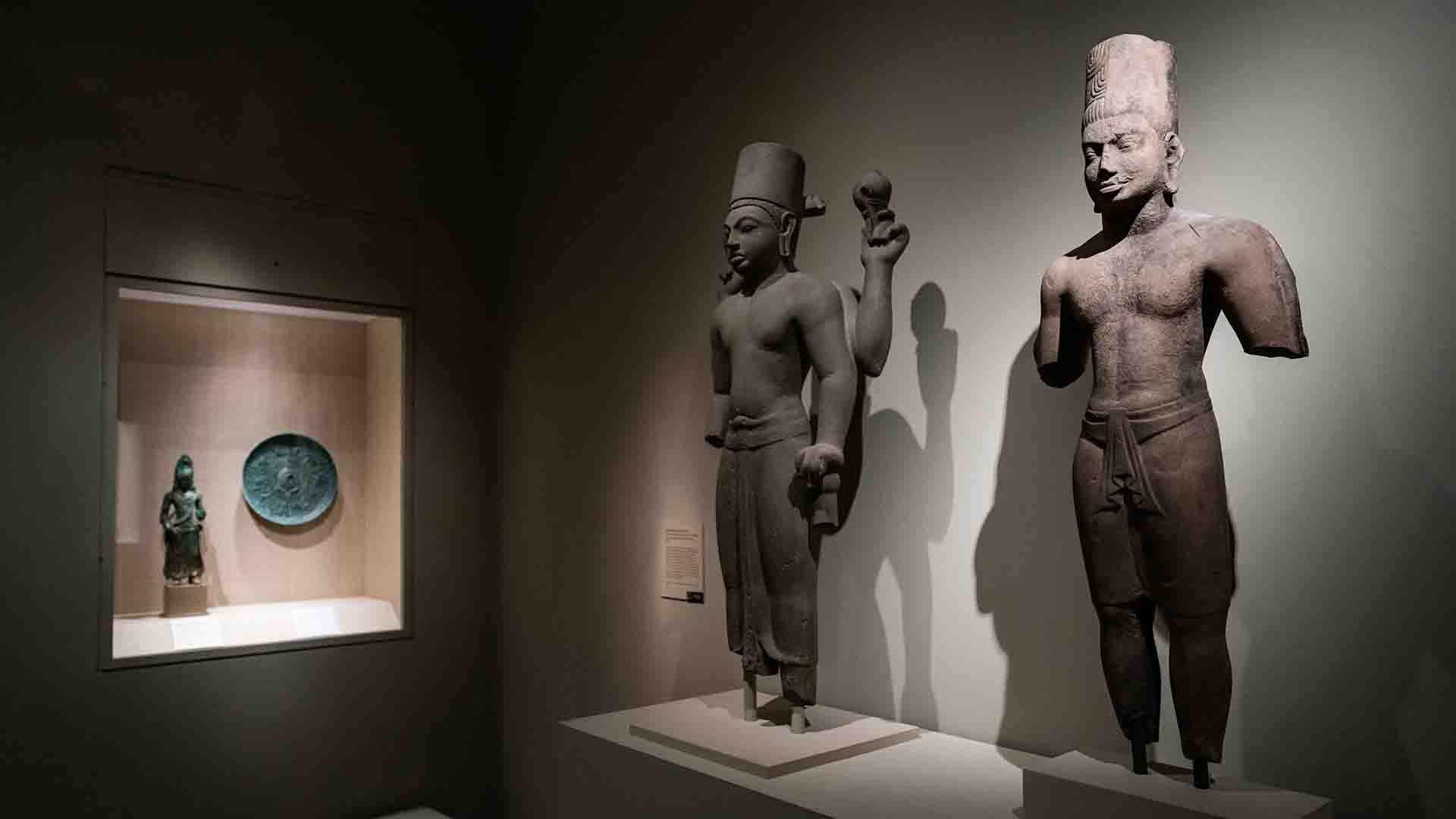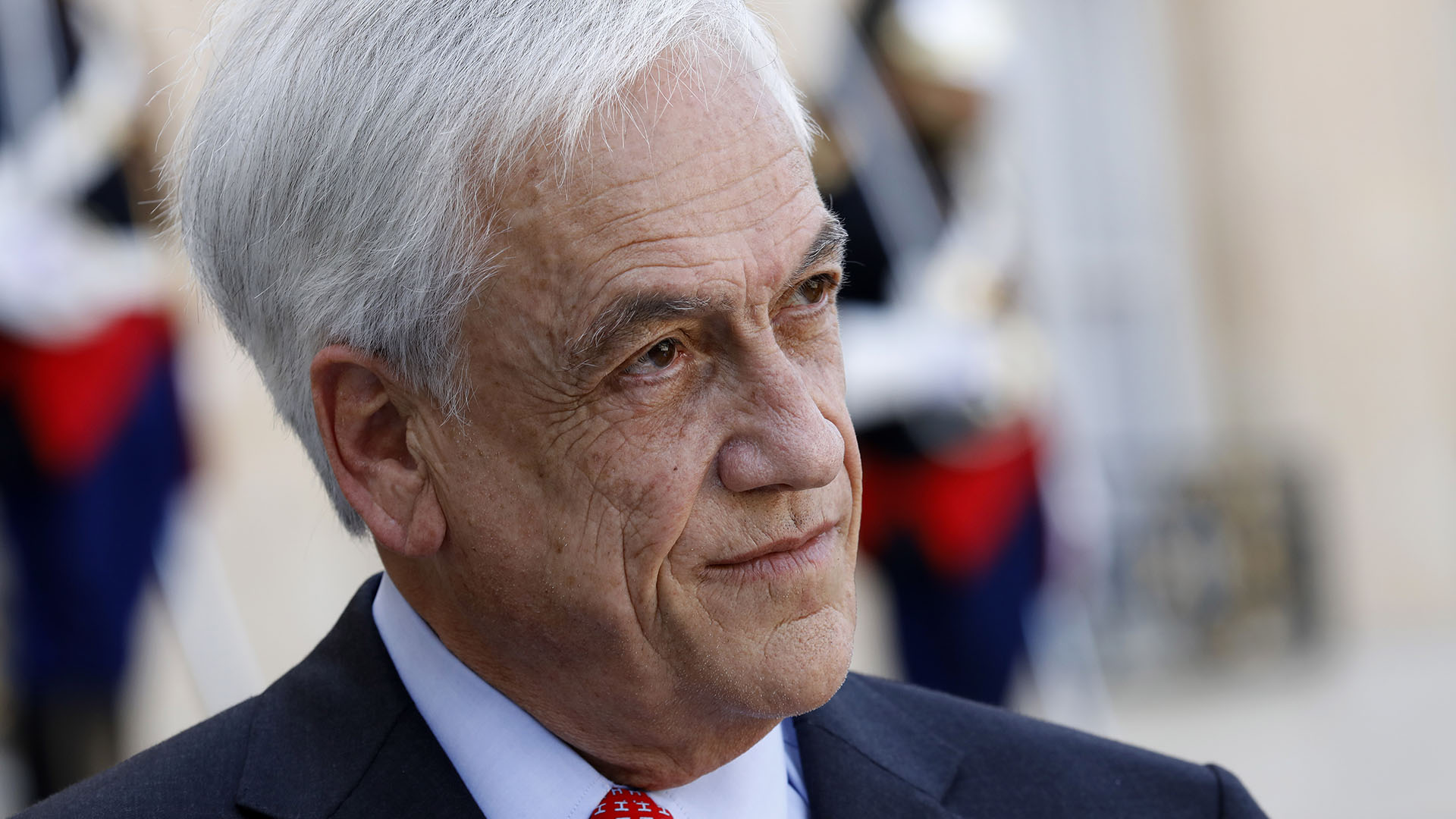United States prosecutors announced the imminent repatriation of dozens of looted relics to Cambodia at a ceremony where officials called on wealthy art collectors and institutions holding stolen antiquities to come clean to government authorities.
The ceremony, held Monday, marked the formal handover to Cambodia of works of “extraordinary cultural value,” said Damian Williams, the U.S. Attorney for the Southern District of New York, speaking at a press conference flanked by recovered stone relics. “Today, we celebrate the return of Cambodia’s cultural heritage to the Cambodian people, and reaffirm our commitment to reducing the illicit trafficking of art and antiquities,” Williams said.
Among the pieces being returned is a four-ton statue of the elephant-headed Hindu god Ganesaha. It could not be brought to the ceremony because it would have broken the office’s elevators, Williams said. Another antiquity on its way home is a bronze buddha sculpture that Williams said was sold to a private U.S. collector using a photo showing it still “encrusted in minerals, essentially fresh from excavation” in Cambodia.
Each of the seized relics passed through a once-renowned antiquities dealer named Douglas Latchford, who was indicted by the U.S. on smuggling charges in 2019, shortly before his death. Latchford was accused of playing a key role in the large-scale pillaging of Cambodian cultural sites during the country’s decades of political unrest.
Last year, the International Consortium of Investigative Journalists and the Washington Post reported extensively on the relics dealings of Douglas Latchford, revealing that the British-born dealer had created offshore trusts that held antiquities — and that leading museums continue to hold Latchford-linked pieces in their collections. This reporting was part of the Pandora Papers, a trove of more than 11.9 million records obtained by ICIJ and shared with news organizations around the world.
Among the works set to be shipped to their home country are four pieces linked to Latchford that the Denver Art Museum relinquished to U.S. authorities last year. The museum agreed to return the pieces just weeks after ICIJ’s investigation included a look at the museum’s four Latchford-linked pieces.
Monday’s ceremony was held jointly between the DOJ’s Manhattan office and the arts and antiquities unit within Homeland Security Investigations, an office within the Department of Homeland Security. The federal agencies, often working with state officials, have led several major antiquities busts in recent years, seizing hundreds of millions of dollars worth of relics to return to foreign countries.
Williams said Monday that the dozens of pieces being returned to Cambodia followed common paths of international relics smuggling — namely forged origin records, fake customs documents and quiet private sales — that have become a hallmark of antiquities busts around the country. The pieces being returned this week were previously owned by two private collectors and a museum, authorities said.
One of these collectors was technology titan Jim Clark, who told ICIJ earlier this year that he paid Latchford roughly $35 million for the now-forfeited pieces. Clark said he had shown them for a time in a Miami Beach property for a few years before moving them to a storage unit in Palm Beach, where they remained for more than a decade.
“I naively accumulated a bunch of pieces through Doug Latchford,” Clark said, “and it wasn’t until near the end that I thought: ‘you know, this isn’t quite stacking up right.’”
ICIJ’s previous reporting on Latchford showed how the world of private art dealing can rely extensively on opaque financial vehicles and the art market’s well-known lack of transparency to move pieces of questionable origin across borders for huge profits. Experts say that financial secrecy has become a reliable theme in major art-crime scandals and can lead authorities to frustrating dead ends in seeking stolen works.
In a nod to the difficulties even well-resourced investigators face while investigating the art market, Williams used the ceremony as a platform to seek information about additional stolen pieces still at large. The Cambodian government alone believes thousands of pieces were stolen and remain unaccounted for.
“We commend the individuals and institutions who decided to do the right thing,” Williams said. “We want to encourage anyone out there who believes they have illegally obtained Cambodian or other antiquities in their possession to come forward.”







